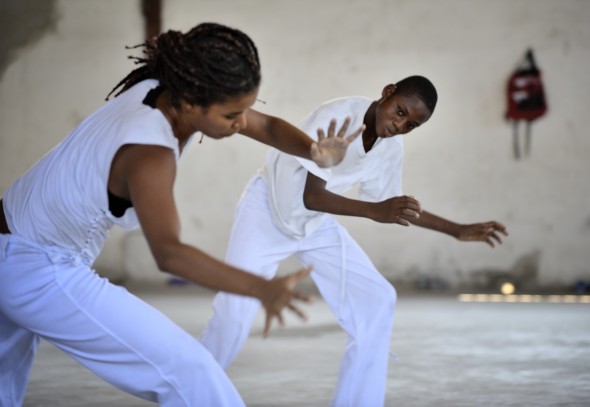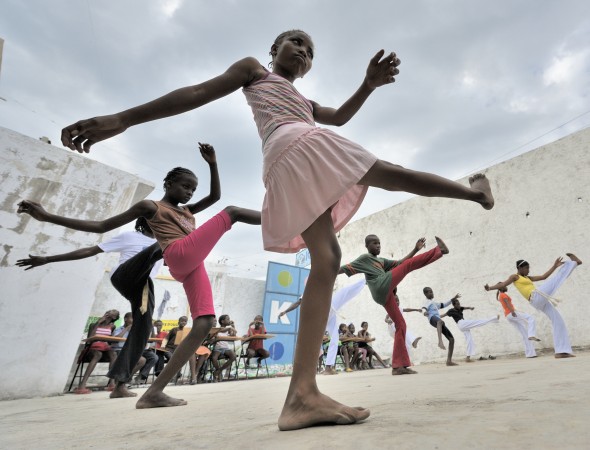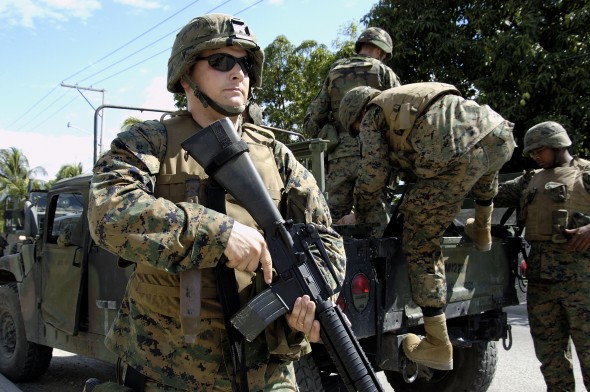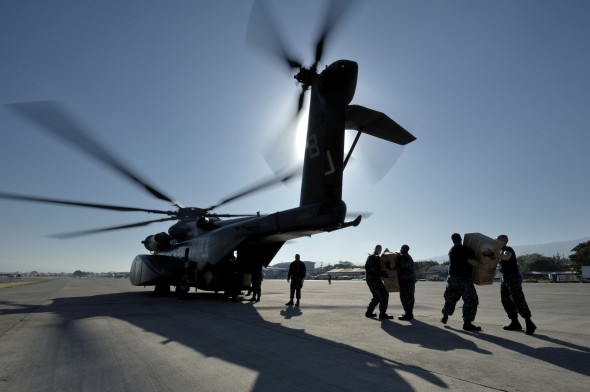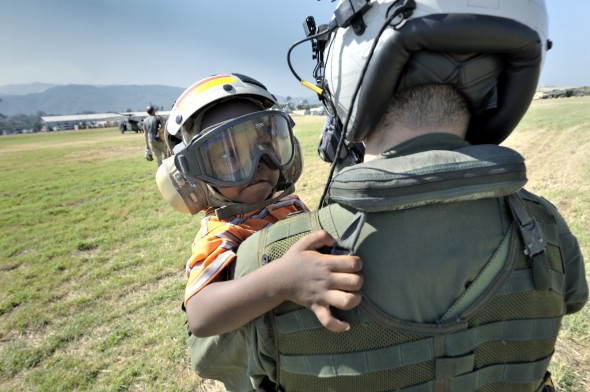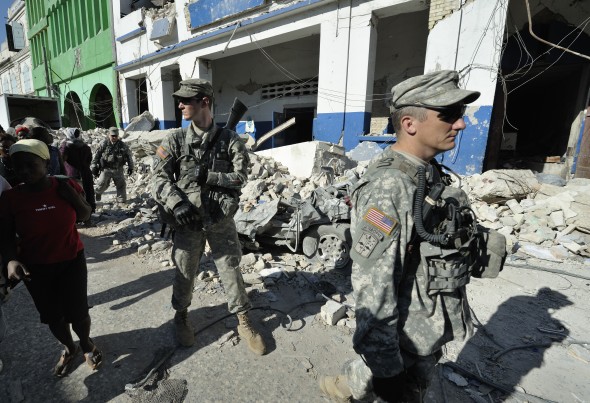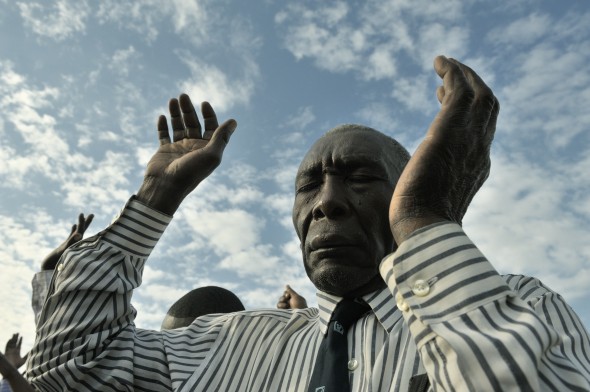Global Lens Reflections on life, the universe, and everything
Life goes on in Haiti
I’ve been here a couple of weeks now. A few days ago I took a break from shooting for a couple of hours to put some sound and images together in a quick and dirty “slide show”. The music is from the capoeira program run by Viva Rio! in the Belair neighborhood, one of Port-au-Prince’s more dodgy areas, but a place where ACT and the Brazilians are working together in a fairly effective response. I put it on YouTube, so ACT members can embed it in their own websites.
Capoeira is an Afro-Brazilian martial arts/dance thing, and the Brazilians who work here as part of Viva Rio! use it as a tool to teach discipline to children. When I was here last October I visited the Viva Rio! compound and shot some capoeira in action.
That’s the same thing they’re doing now, but they told me they’re taking it easy and trying not to get the kids too sweaty, as there isn’t that much water to drink or food to consume. Here’s a shot of post-quake capoeira:
If acknowledging the positive role of the Brazilians is easy, trying to figure out what I think about the U.S. troop presence is complicated. Haiti has a long, negative history of occupation by foreign troops, from the U.S. Marines in the early decades of the 20th Century to the multinational United Nations force of recent years. Here are some U.S. Marines on the streets of Port-au-Prince in 2004.
In the wake of the quake, soldiers from several nations responded, including thousands of U.S. troops. They’ve largely played a positive role. I have encountered U.S. soldiers on repeated occasions, including when I hitched a ride on a Navy Blackhawk helicopter transporting ACT Alliance food and medicine to a remote town on Haiti’s southern coast.
That’s ACT food from Europe being loaded on a U.S. chopper. It was flown to Jacmel, where it was unloaded by Canadian troops and turned over to German aid workers. On the ground “ecumenism.”
The flight back to Port-au-Prince brought civilians being evacuated, including this one small boy.
In their first days on the ground here, most of the U.S. soldiers were visibly nervous, holding their weapons ready, and not exactly looking friendly. But as the days went by and their contact with Haitians helped them understand that they had nothing to fear, the soldiers grew more relaxed, and more helpful. By the end of the month, members of the U.S. Army’s 82nd Airborne provided protection for a massive food distribution at several sites around Port-au-Prince. The distribution was to women only (thus avoiding some problems of violence that had plagued earlier distributions), and the soldiers helped keep it peaceful and moving smoothly. Moreover, I photographed several that volunteered to accompany some of the women to their homes, carrying their heavy bags of grain and thus discouraging any men who lurked outside the food distribution sites thinking they could steal from the women.
Despite the positive contribution of the troops from the U.S. and elsewhere, their presence inevitably confuses humanitarian and military mandates. So everyone is asking the question about how long they’re going to stay. It’s clear that the sooner they leave the better, if the priority is strengthening Haitian institutions and lessening Haitians’ fears that the quake has produced a new sort of occupation. Yet questions remain about how capable the government and NGOs are at some of the tasks for which the troops have been deployed. Difficult choices. It would be great to have the material and human resources in the hands of civilian sectors to respond to something like this–civil defense on steroids. But getting politicians to fund it wouldn’t be easy. Much easier to get them to vote for guns. So the tools needed in a case like this belong to the people with the guns. Haitians are thankful but, like the soldiers, wary.
I spent some time talking with a church leader the other day in the LWF office. He was a Pentecostal, and I asked him what he thought of Pat Robertson’s attempt to blame Haiti’s problems on an alleged pact with the devil, something that struck me as an unabashed attempt to blame the victims for their own suffering. He told me that a film crew from CBN had come by his church, where he’s hosting hundreds of people who lost their homes in the quake. The CBN crew asked him on camera if he thought the pact with the devil was behind the quake. When he dismissed it as foolishness, they persisted in asking the question in a different way. “They asked me the same question at least seven times, trying to get me to give them an answer they liked,” he said.
Here’s a Haitian man at a worship service the other day. Open air, as are a lot of things these days.
Strikes me that if we’re going to ask what God had to do with the quake, and we understand the incarnation correctly, that we’d tolerate none of the crap that passes as religious thought and simply declare that God was present during the quake, suffering and dying alongside the Haitian people as the walls and roofs caved in on them.
